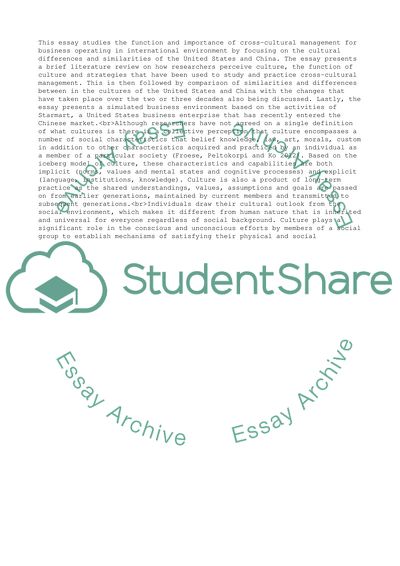Cite this document
(A study on Cross-cultural Management Essay Example | Topics and Well Written Essays - 2500 words, n.d.)
A study on Cross-cultural Management Essay Example | Topics and Well Written Essays - 2500 words. https://studentshare.org/management/1849376-a-study-on-cross-cultural-management
A study on Cross-cultural Management Essay Example | Topics and Well Written Essays - 2500 words. https://studentshare.org/management/1849376-a-study-on-cross-cultural-management
(A Study on Cross-Cultural Management Essay Example | Topics and Well Written Essays - 2500 Words)
A Study on Cross-Cultural Management Essay Example | Topics and Well Written Essays - 2500 Words. https://studentshare.org/management/1849376-a-study-on-cross-cultural-management.
A Study on Cross-Cultural Management Essay Example | Topics and Well Written Essays - 2500 Words. https://studentshare.org/management/1849376-a-study-on-cross-cultural-management.
“A Study on Cross-Cultural Management Essay Example | Topics and Well Written Essays - 2500 Words”. https://studentshare.org/management/1849376-a-study-on-cross-cultural-management.


